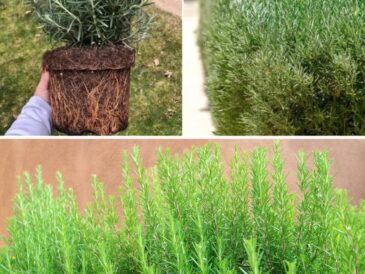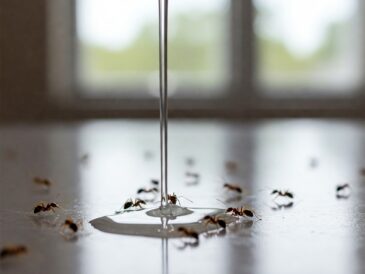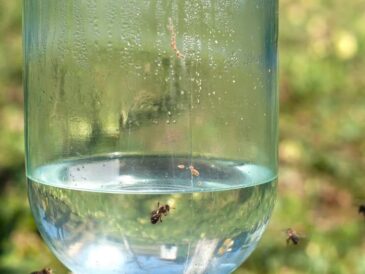Fallen leaves are often viewed as just autumn debris, but for gardeners, they are a hidden treasure. These leaves can be transformed into what’s often called “gardener’s gold” – rich, crumbly leaf mold or nutrient-packed compost that can drastically improve soil quality. Instead of bagging them up and sending them to the landfill, here’s how to use fallen leaves to enhance your garden.
Why Leaves Are a Gardener’s Gold
Leaves are packed with essential nutrients that can enrich your garden’s soil. As they decompose, they release organic matter, improving soil structure and providing vital nourishment to plants. Leaf mold, in particular, helps soil retain moisture and enhances its ability to support healthy root systems. Compost made with leaves, on the other hand, is nutrient-dense and can be used as a mulch, soil conditioner, or fertilizer.
Ways to Turn Fallen Leaves Into Gardener’s Gold
- Make Leaf Mold Leaf mold is simply decomposed leaves, and it’s one of the best soil conditioners you can use. It’s easy to make but takes patience, as it can take 6-12 months to fully break down.
- Gather Leaves: Collect leaves from your yard and surrounding areas. Any type of leaves will work, though tough leaves like oak may take longer to break down.
- Shred the Leaves: Use a lawn mower or leaf shredder to break them into smaller pieces, which helps speed up decomposition.
- Pile Them Up: Place the shredded leaves into a compost bin, wire mesh enclosure, or simply a pile in a corner of your yard.
- Moisten the Pile: Water the leaves to keep them moist, but not soggy. The moisture helps microbes break down the leaves.
- Turn Occasionally: Every month or two, turn the leaf pile with a pitchfork to aerate it.
- Wait for Gold: After about a year, you’ll have crumbly, dark leaf mold that can be added to flower beds, vegetable gardens, or lawns to improve soil texture.
- Composting Leaves Composting leaves creates a nutrient-rich material that can be used to feed your garden plants. Unlike leaf mold, which is solely made of leaves, compost requires a mix of “browns” (carbon-rich materials like leaves) and “greens” (nitrogen-rich materials like grass clippings or food scraps).
- Balance Carbon and Nitrogen: Create a compost pile by layering leaves (the browns) with green materials like kitchen scraps, grass clippings, or coffee grounds.
- Maintain the Pile: Turn the compost pile every couple of weeks to keep it aerated. Be sure the pile stays moist but not soggy.
- Breakdown Time: In a few months, depending on the conditions, you’ll have rich, dark compost that can be used to fertilize your garden.
- Leaf Mulch Using fallen leaves as mulch is one of the quickest and simplest ways to put them to good use.
- Shred the Leaves: As with leaf mold, shredding the leaves first helps them decompose faster and prevents them from matting together.
- Apply to Garden Beds: Spread a thick layer (about 2-3 inches) of shredded leaves around your flower beds, vegetable gardens, or trees. The mulch will suppress weeds, retain moisture, and as the leaves break down, they’ll add organic matter to the soil.
- Top Up: Over time, the leaf mulch will decompose, so you may need to add more throughout the season to maintain a healthy layer.
- Make a Leaf Mold Tea You can create a nutrient-rich liquid fertilizer from decomposed leaves to feed your plants.
- Fill a Bucket: Place a generous amount of leaf mold into a large bucket and fill it with water.
- Let It Steep: Allow the leaves to steep in the water for about a week, stirring occasionally.
- Strain and Use: After a week, strain the liquid, which will be full of nutrients, and use it to water your garden.
Types of Leaves to Use and Avoid
TO CONTINUE READING THE ARTICLE PLEASE SEE PAGE 2




